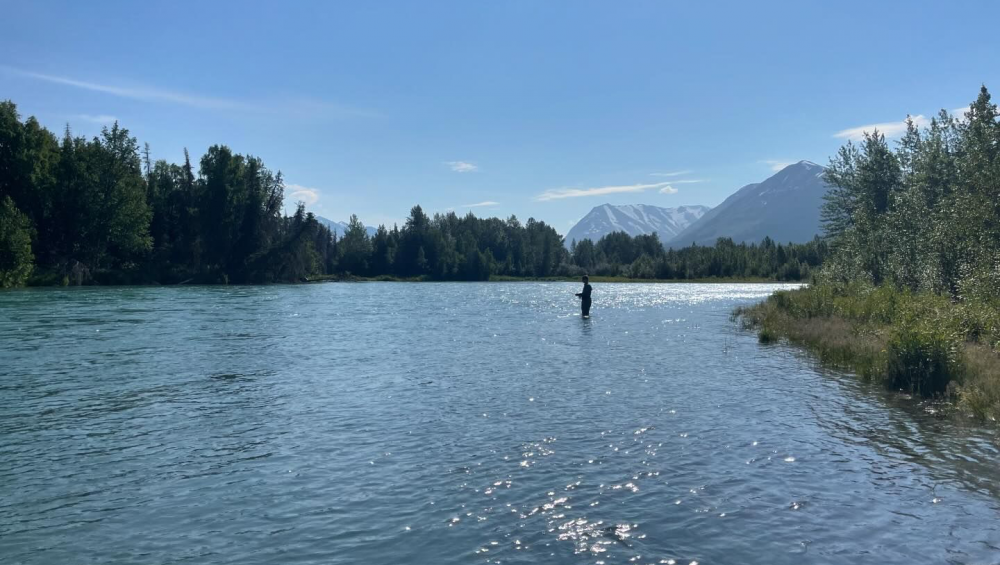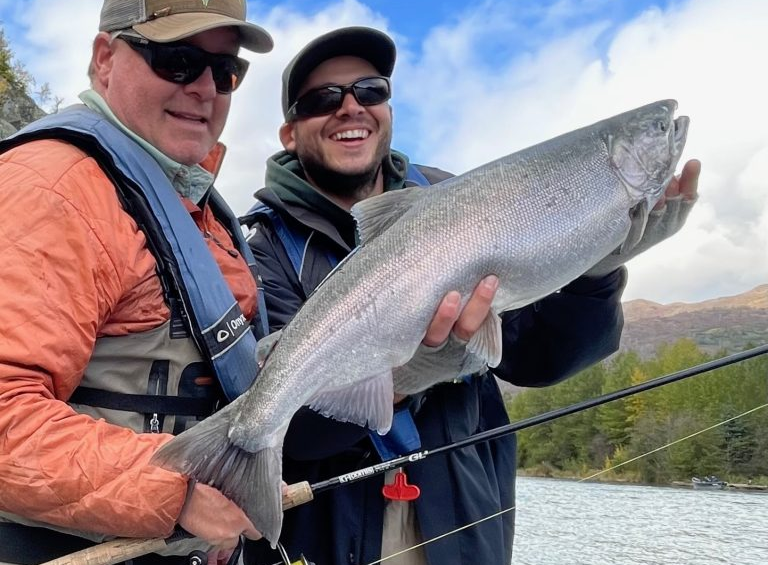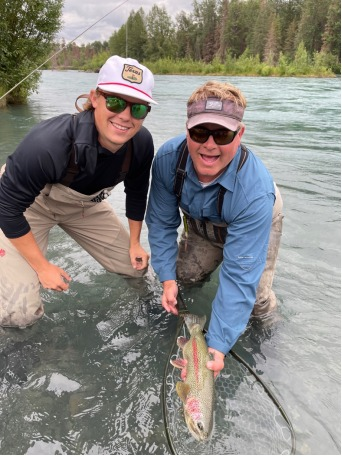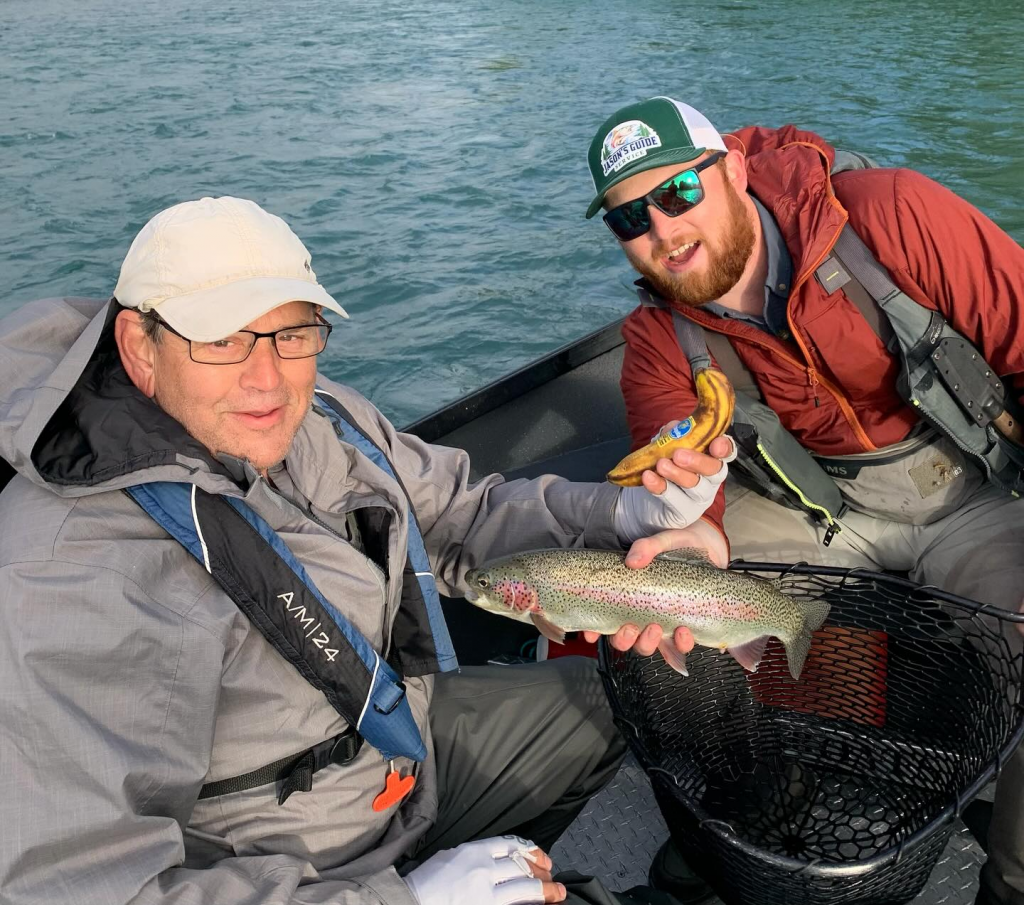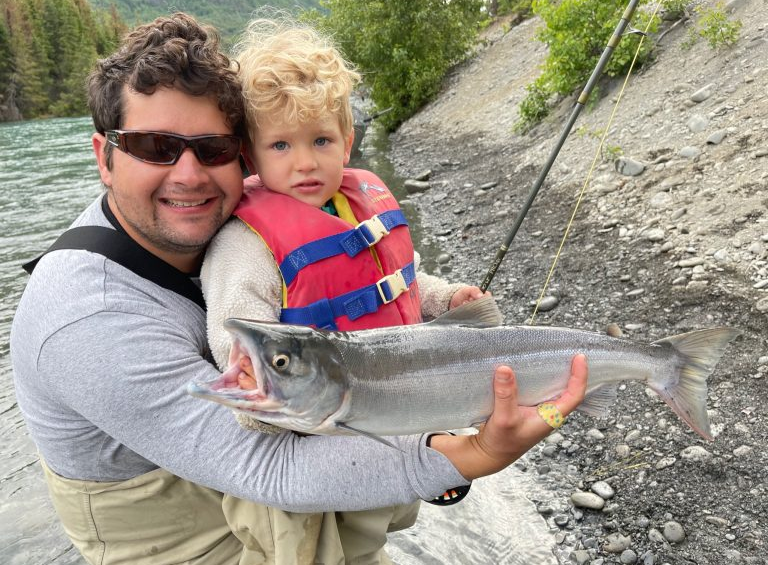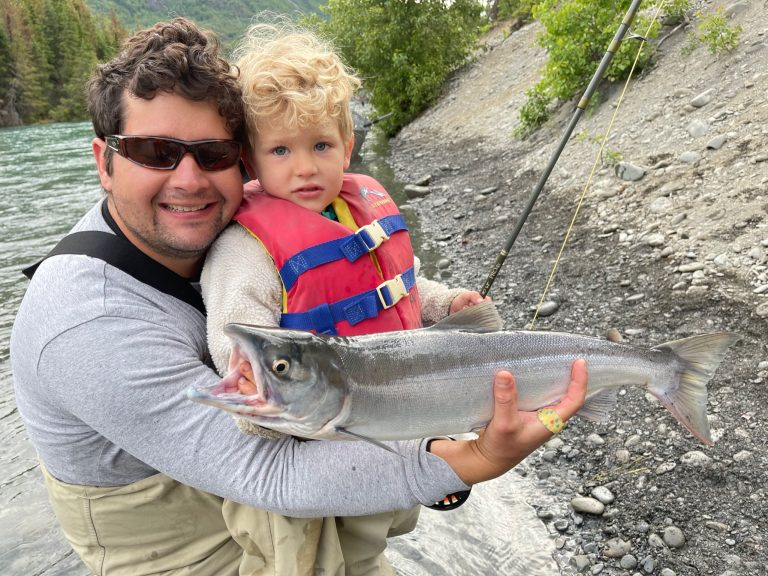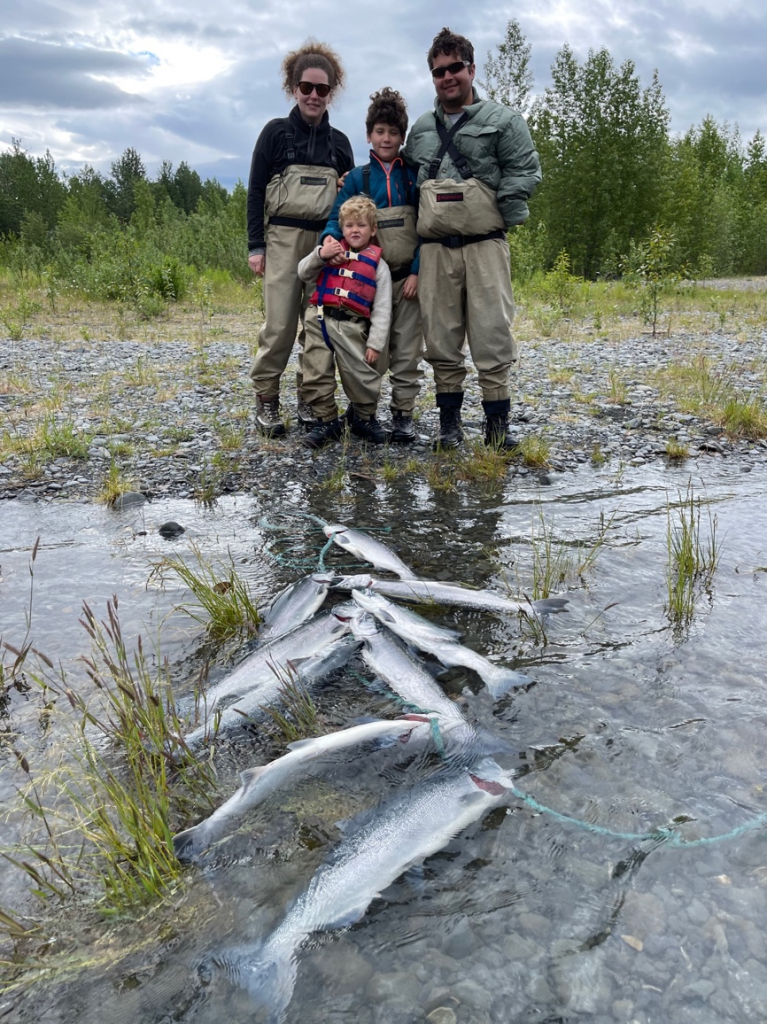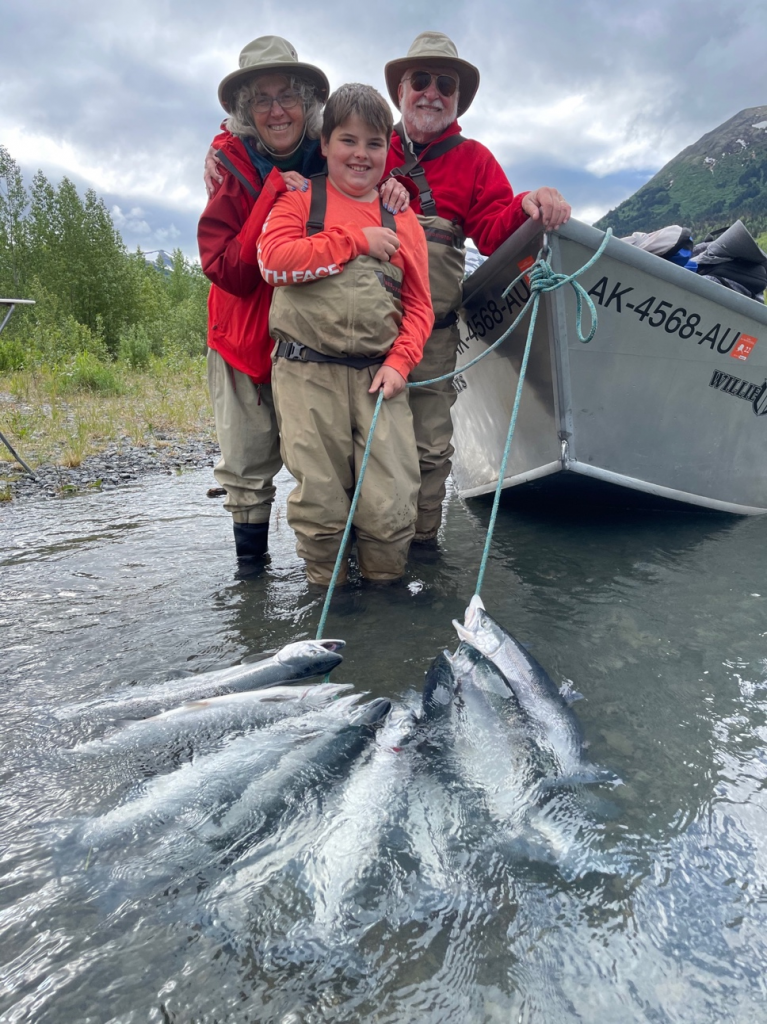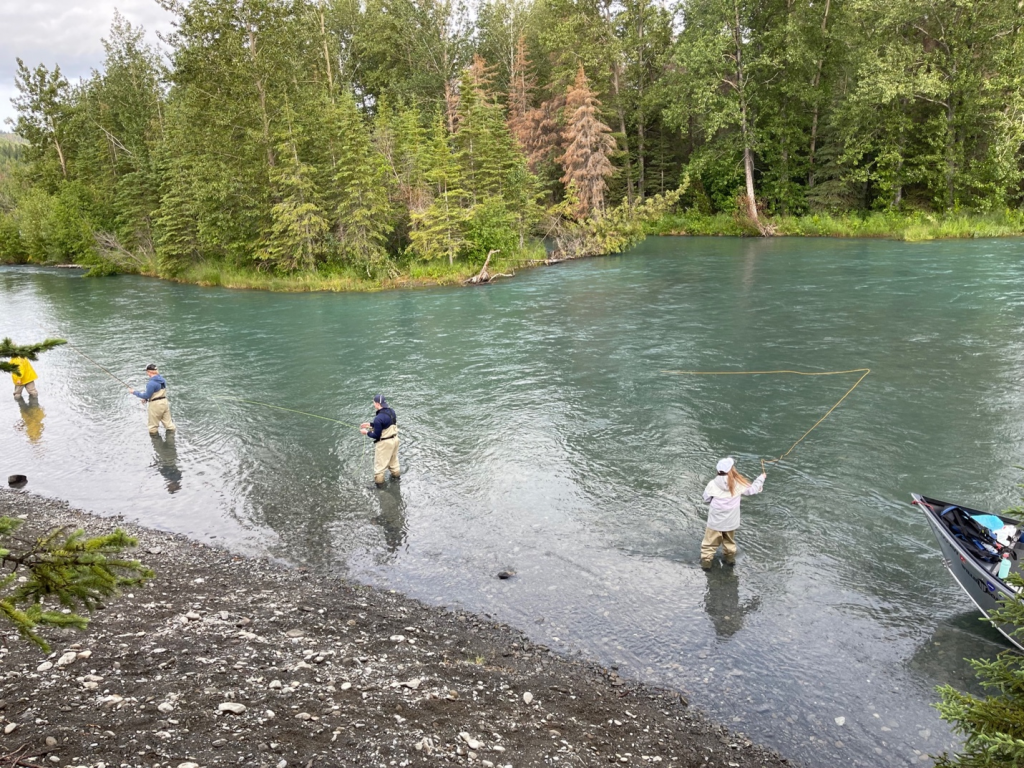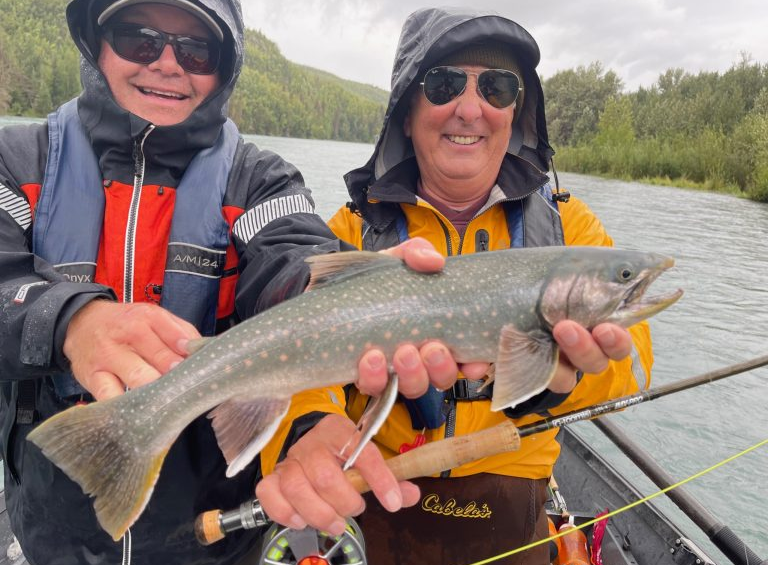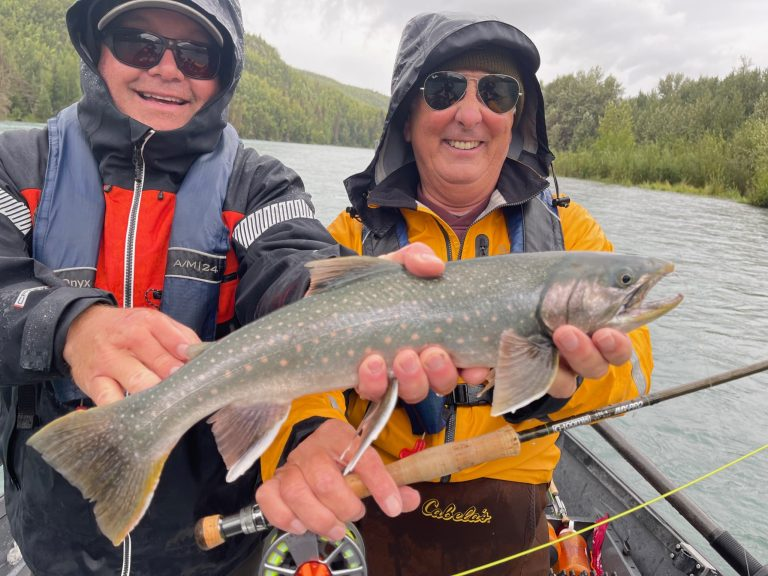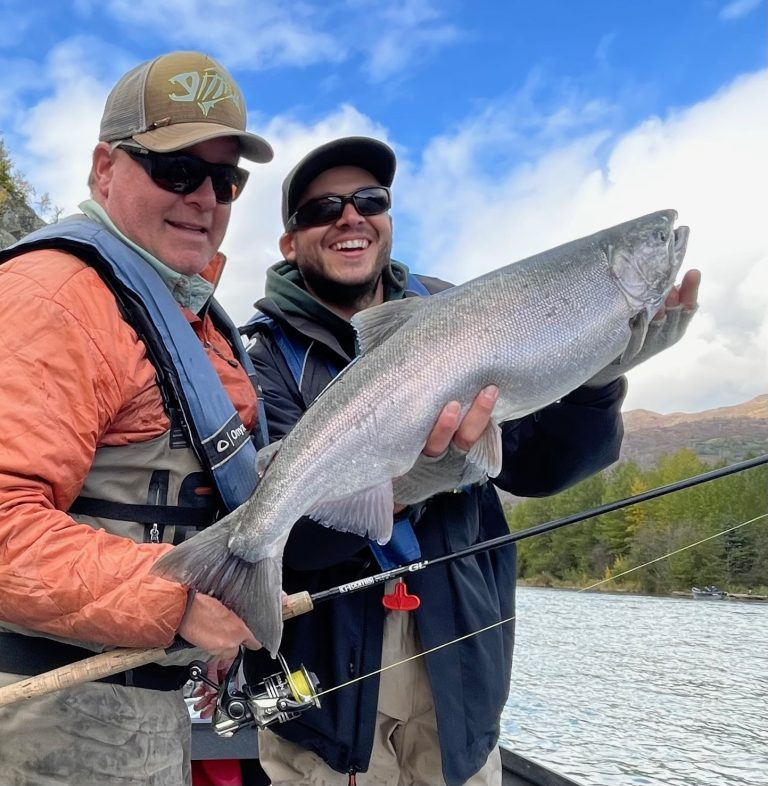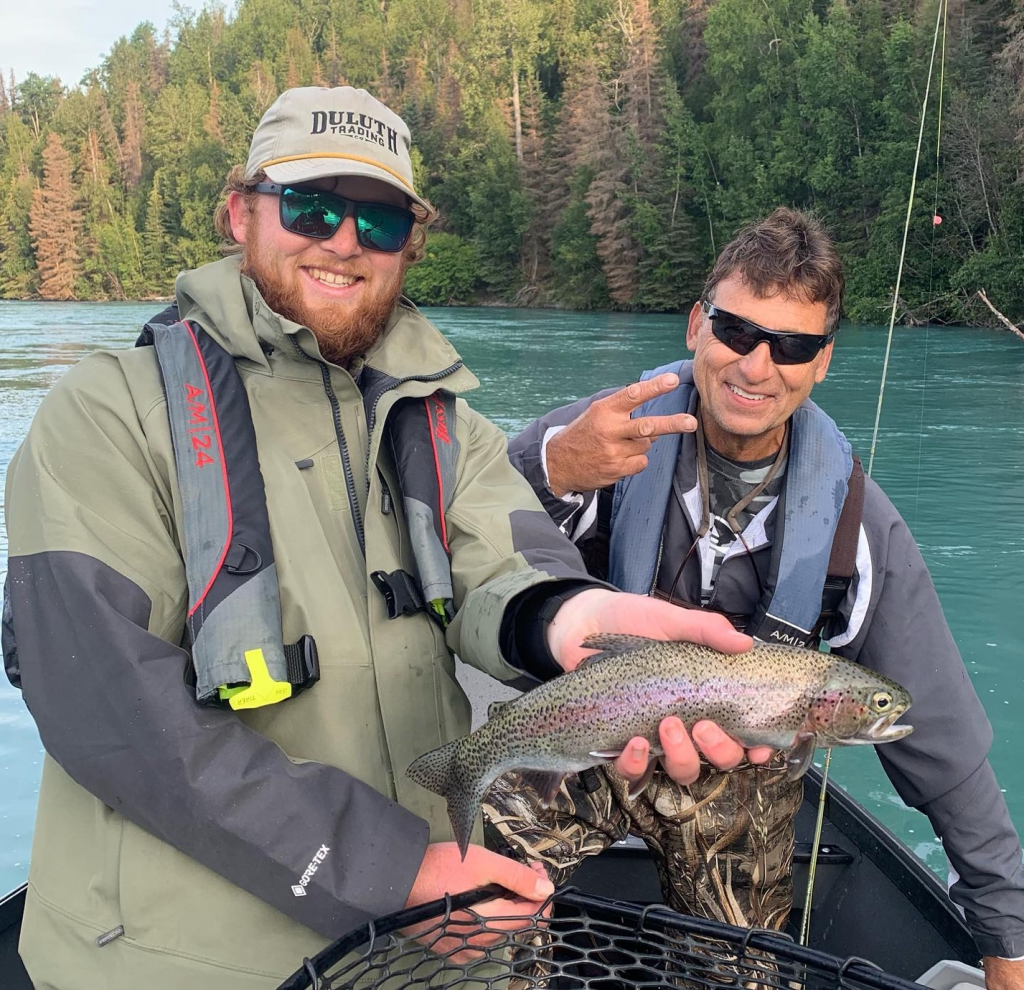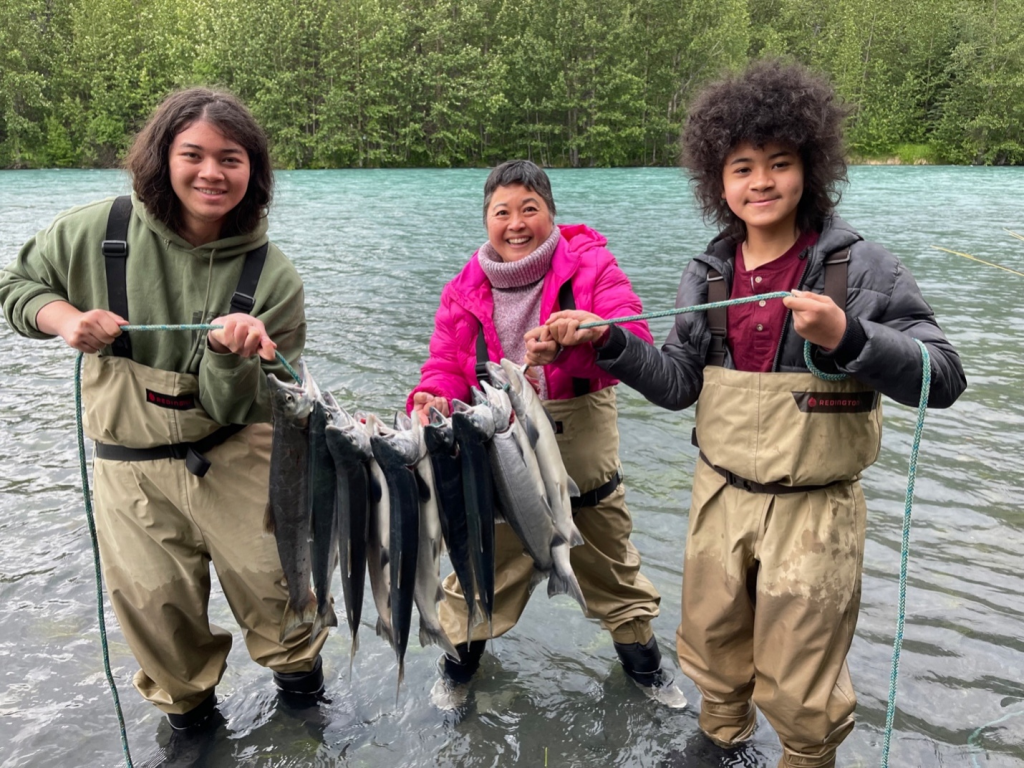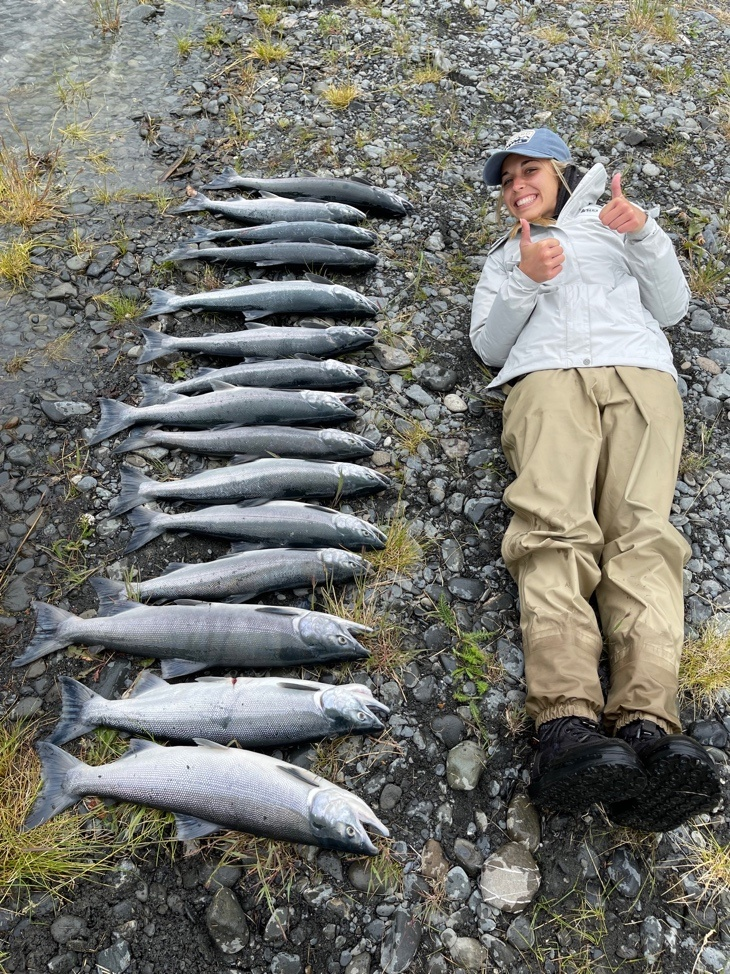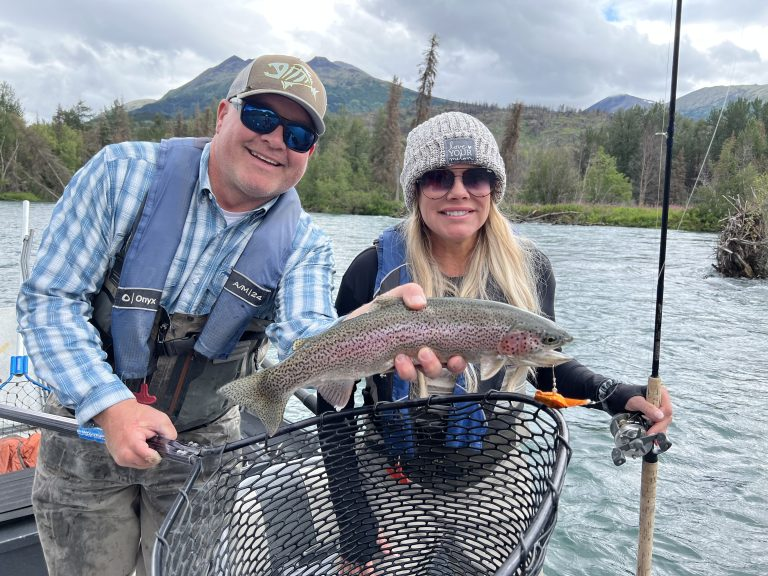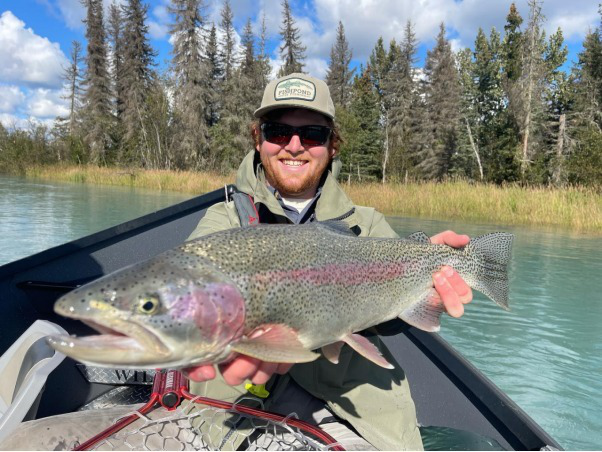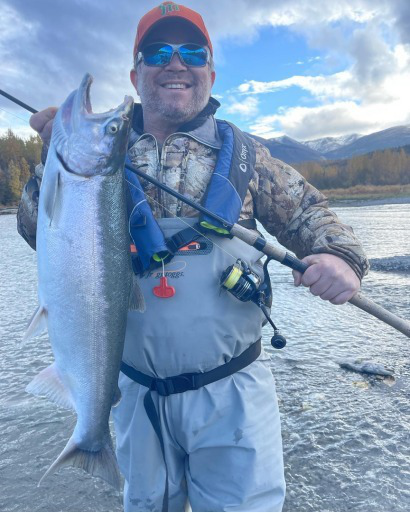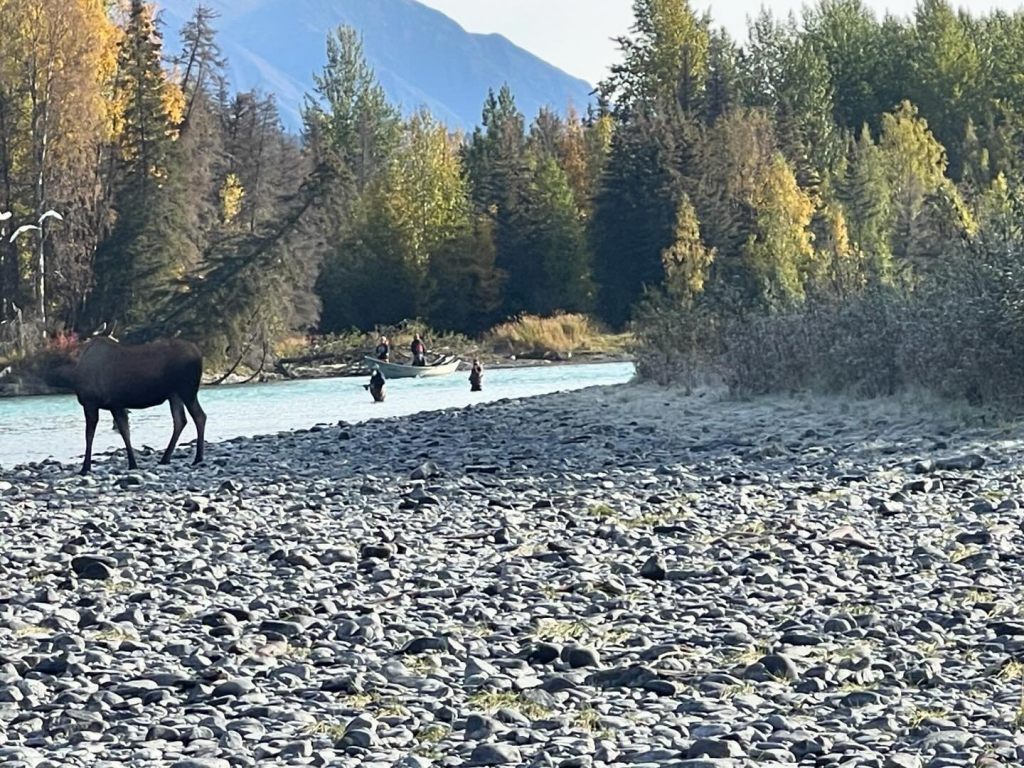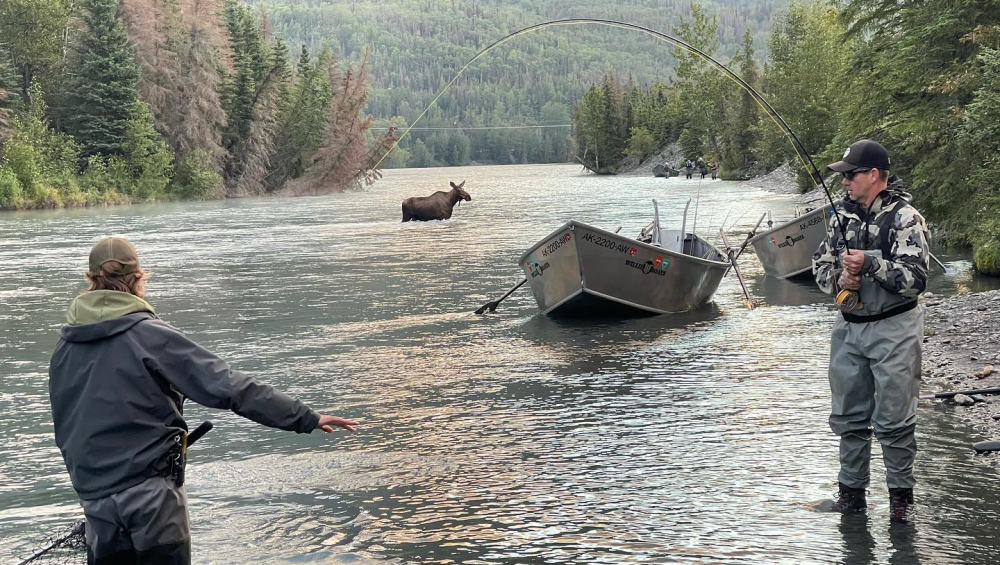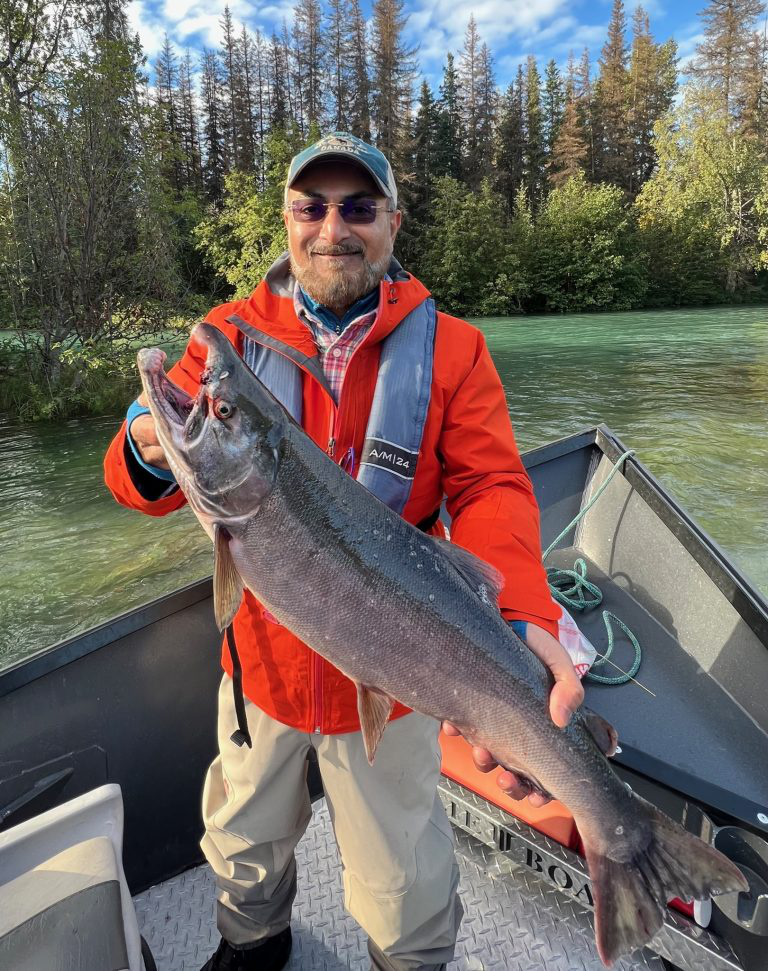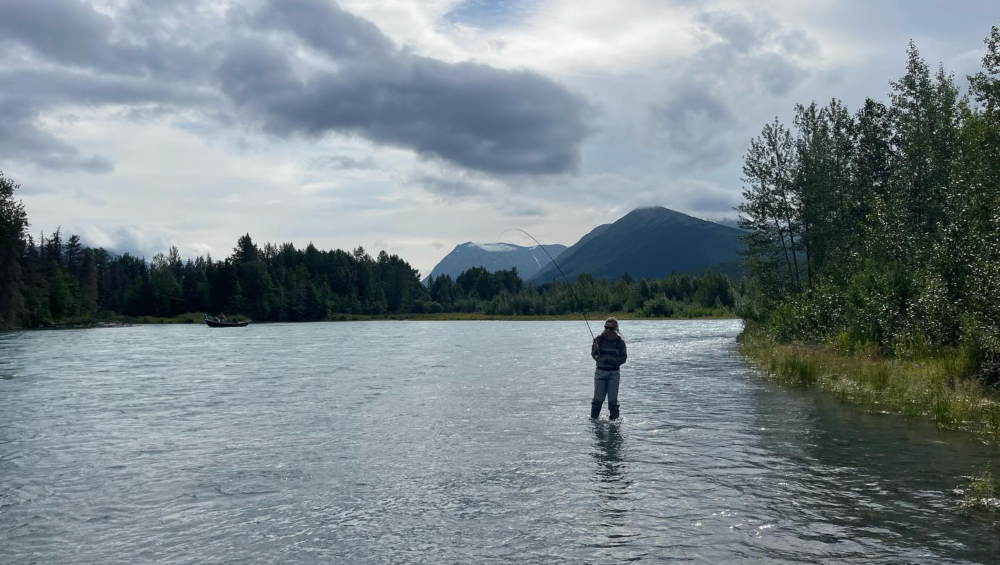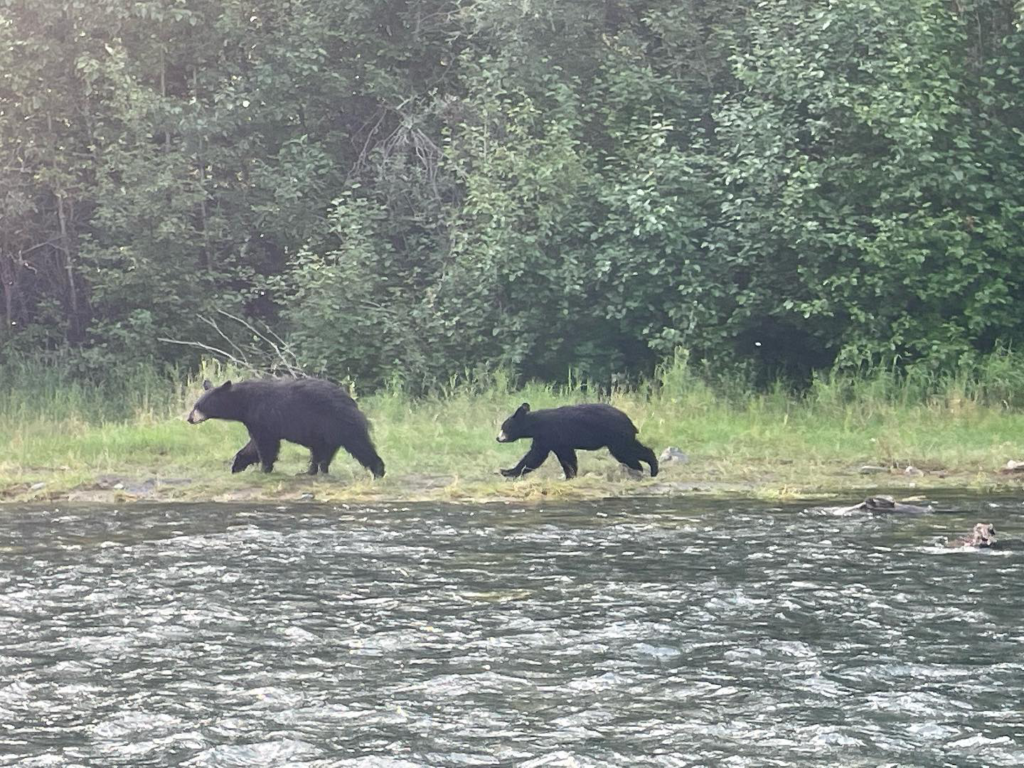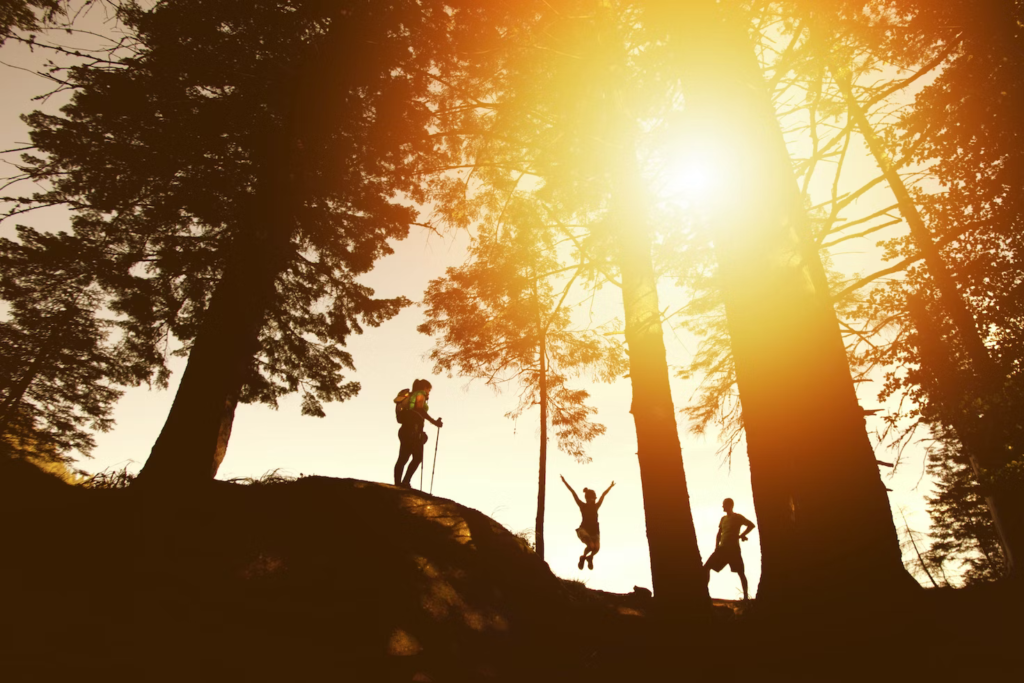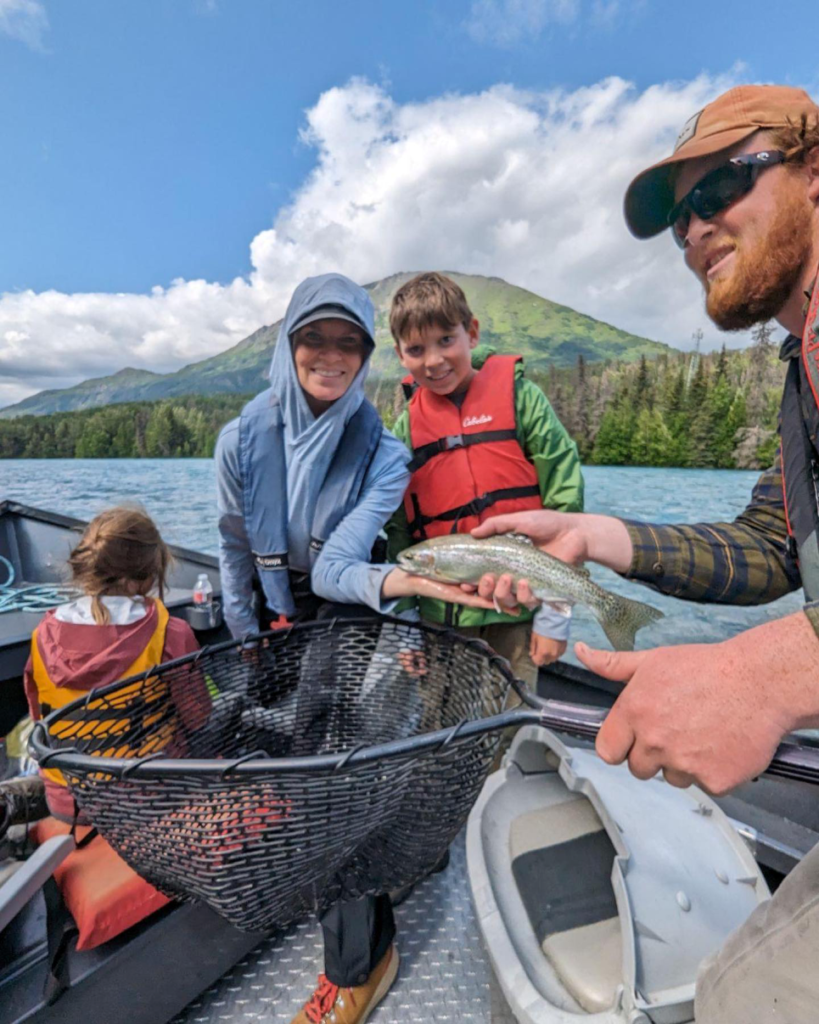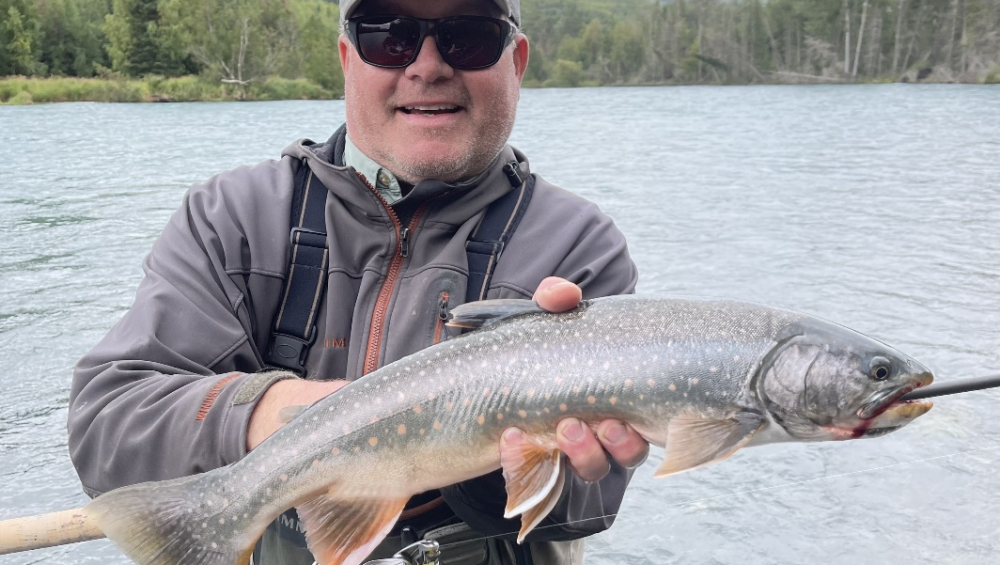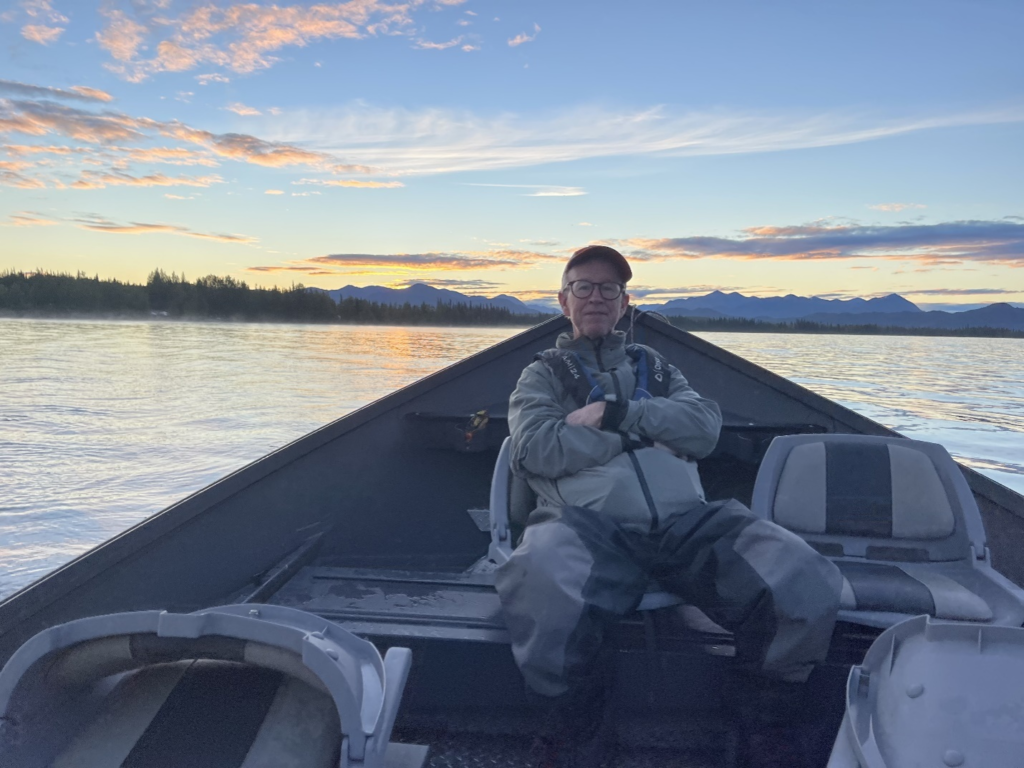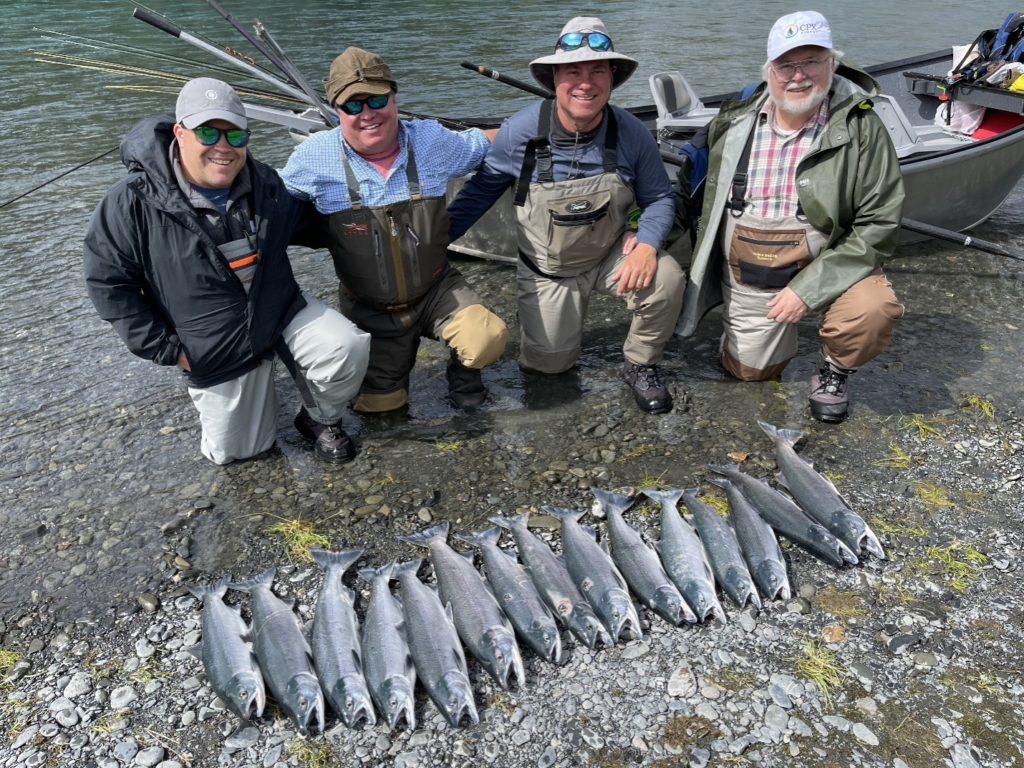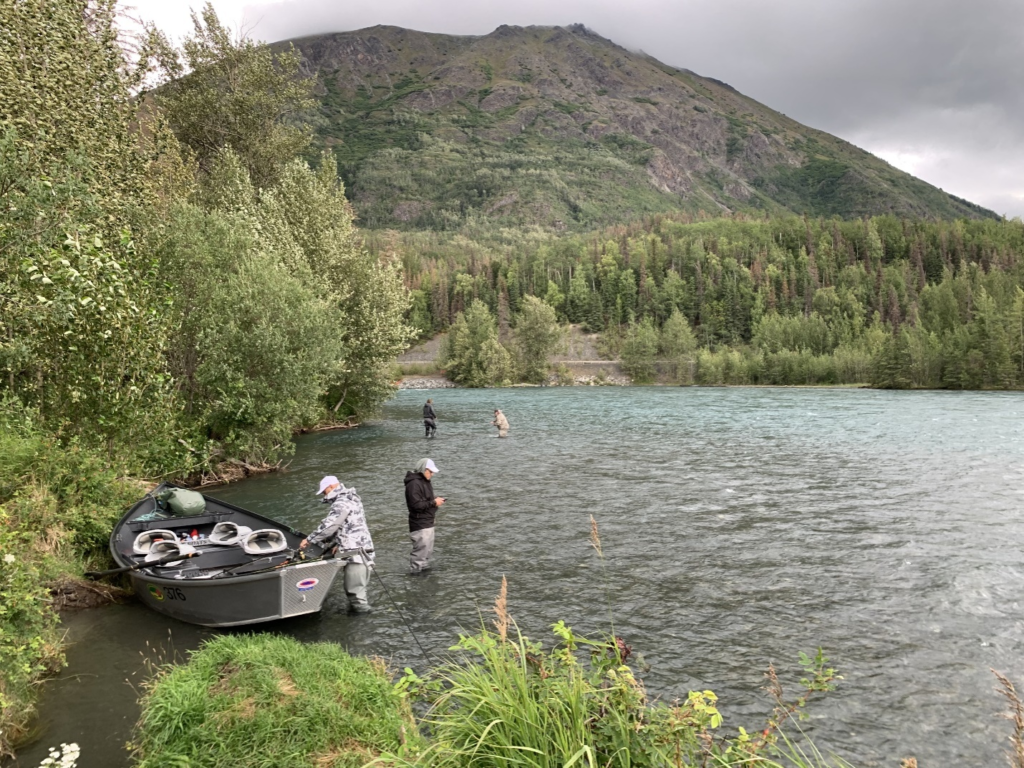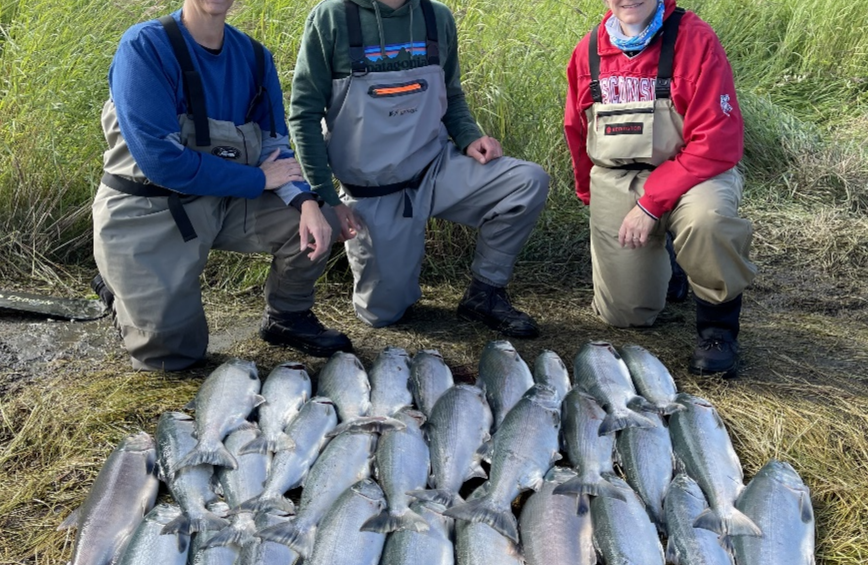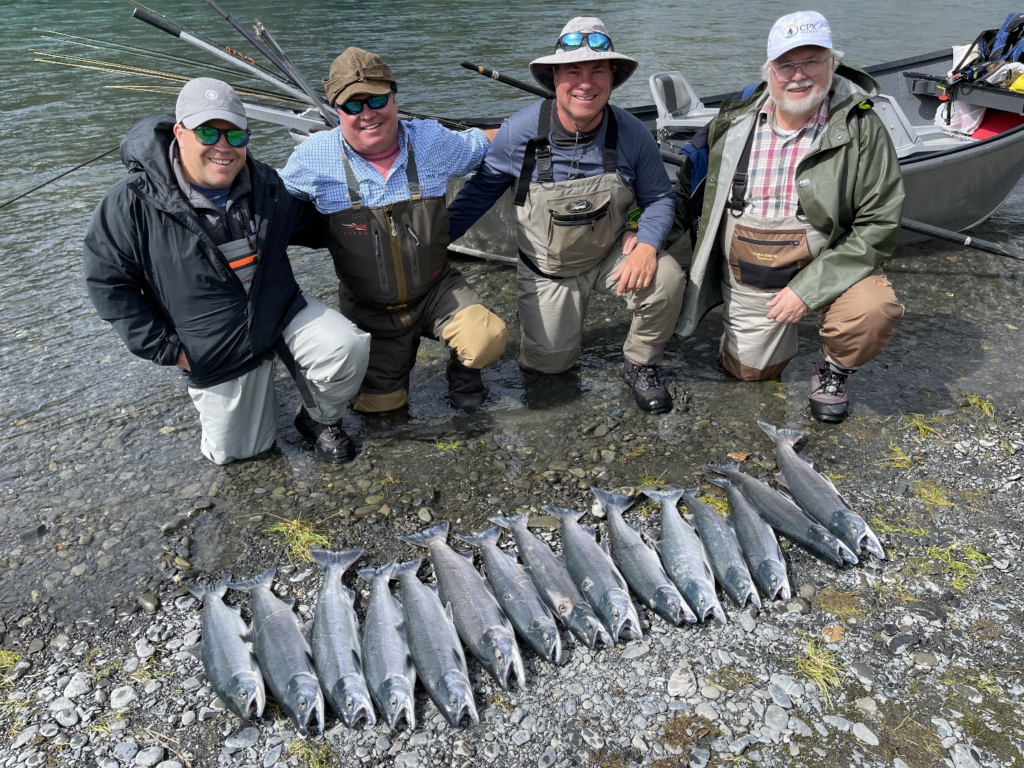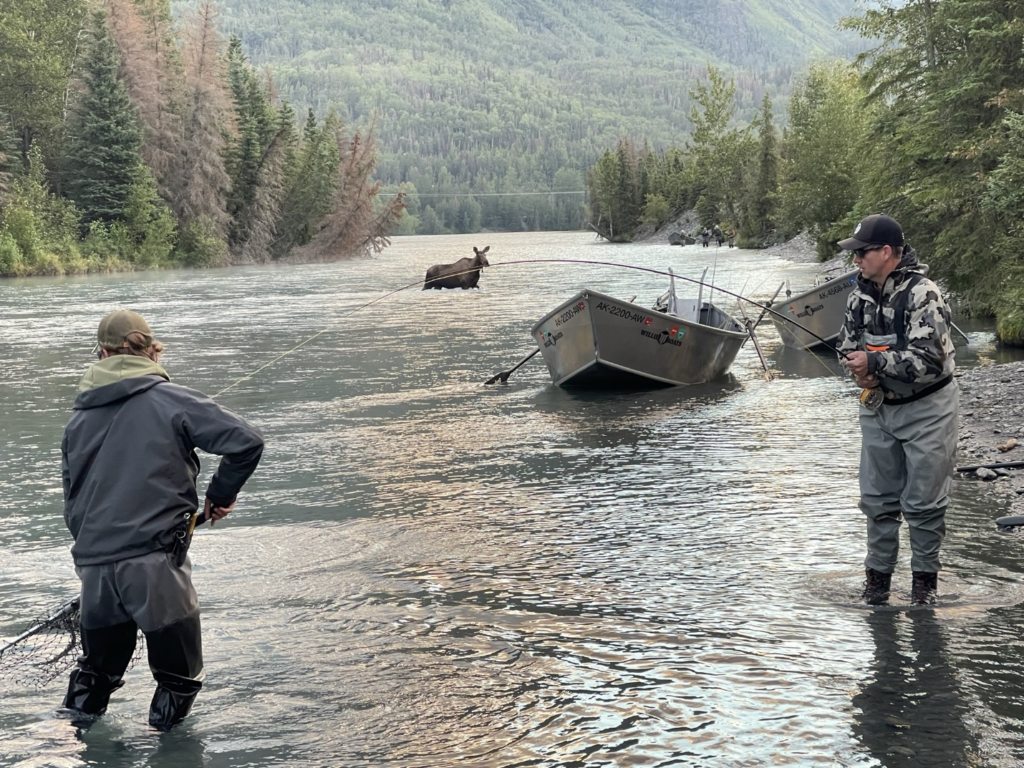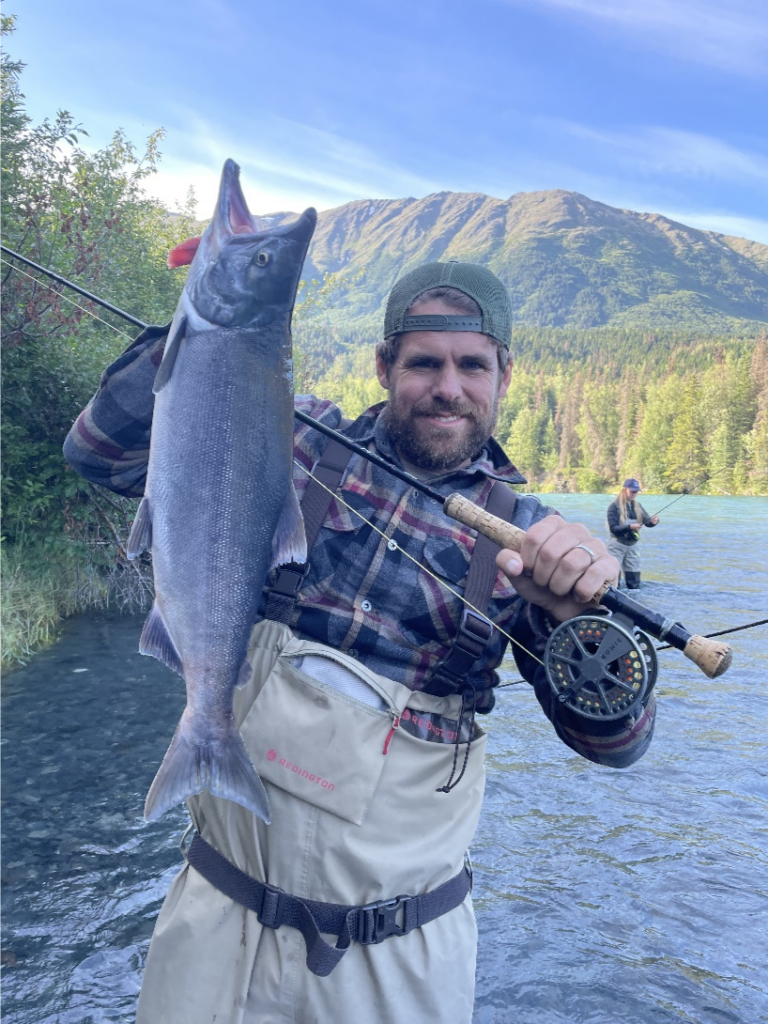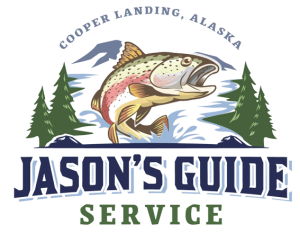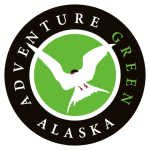As summer’s warmth gives way to the crisp air of autumn, the Kenai River transforms. The vibrant greens of summer begin to yield to the fiery hues of fall, painting a breathtaking backdrop for an unmatched fishing experience.
But this transition isn’t just about the scenery; it also brings about changes in the river’s ecosystem, affecting water levels, fish behavior, and overall fishing conditions.
For anglers seeking the thrill of reeling in a trophy silver salmon, the Kenai River offers an excellent opportunity in the fall. The silver salmon run peaks in late August and continues through September and October, providing ample chances to catch these powerful fish.
However, adapting to the changing conditions of fall is vital for a successful fall fishing trip.
This guide will explore what to expect on the Kenai River as it transitions to fall, offering valuable insights and tips to ensure you make the most of this unique fishing season.
The Changing Landscape
As fall approaches, the Kenai Peninsula undergoes a dramatic transformation. The air becomes crisp and invigorating, and the days grow shorter, casting a golden glow over the river.
While the scenery is undeniably stunning, it’s important to remember that these changes also impact the river itself. Water levels tend to drop as glacial meltwater decreases, and the water temperature cools, affecting the behavior and distribution of fish.
The Silver Salmon Run in Full Swing
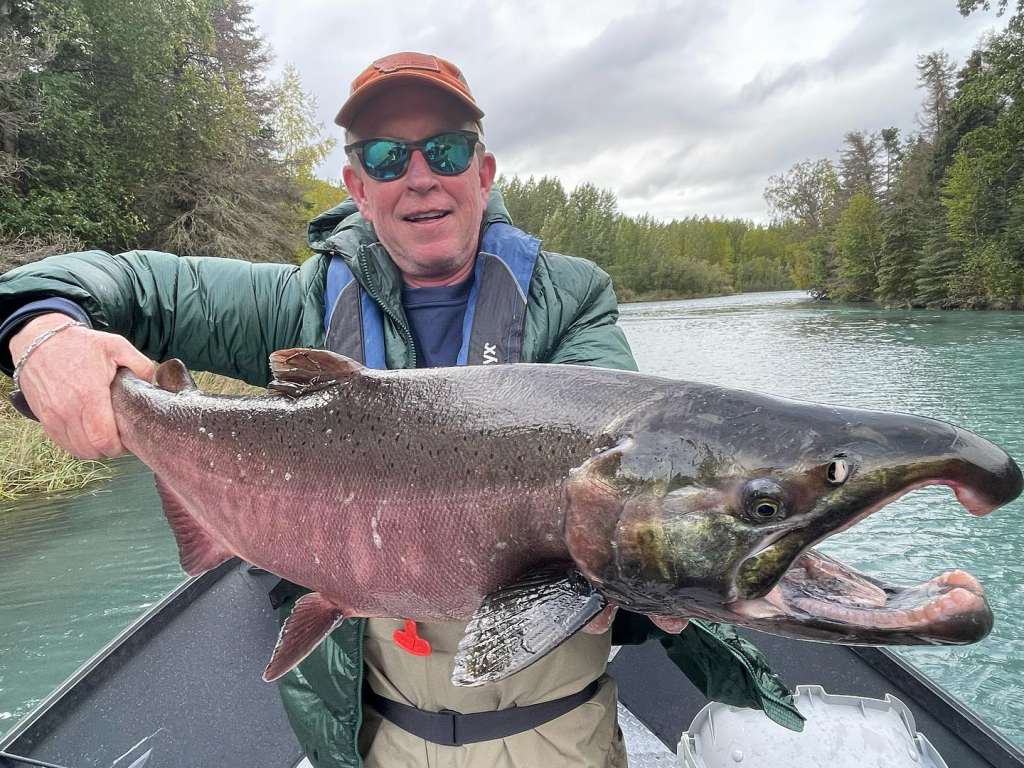
Fall is synonymous with the peak of the silver salmon run on the Kenai River. These magnificent fish, having spent several years maturing in the ocean, return to their natal waters to spawn. Their silvery bodies, now tinged with hues of red and green, are emblematic of their remarkable journey.
Silver salmon are known for their aggressive nature and fighting spirit, making them a prized catch for anglers. As they make their way upstream, they become more focused on spawning, often congregating in specific areas of the river. Understanding their behavior and preferred holding spots is essential for a successful fall fishing trip.
Adapting Your Fishing Techniques
Fall’s changing conditions call for adjustments to your fishing techniques. As water levels drop, fish may become more concentrated in deeper pools and channels. Casting and plunking can be effective methods for targeting these areas, allowing you to present your lure or fly precisely where the fish are holding.
Fly fishing remains a popular and productive technique in the fall. As salmon prepare to spawn, they become increasingly focused on specific food sources. Using flies as artificial lures can significantly increase your chances of success.
Recommended Read: How to Fish Like a Local: Insider Tips for the Kenai River
The Importance of Local Knowledge
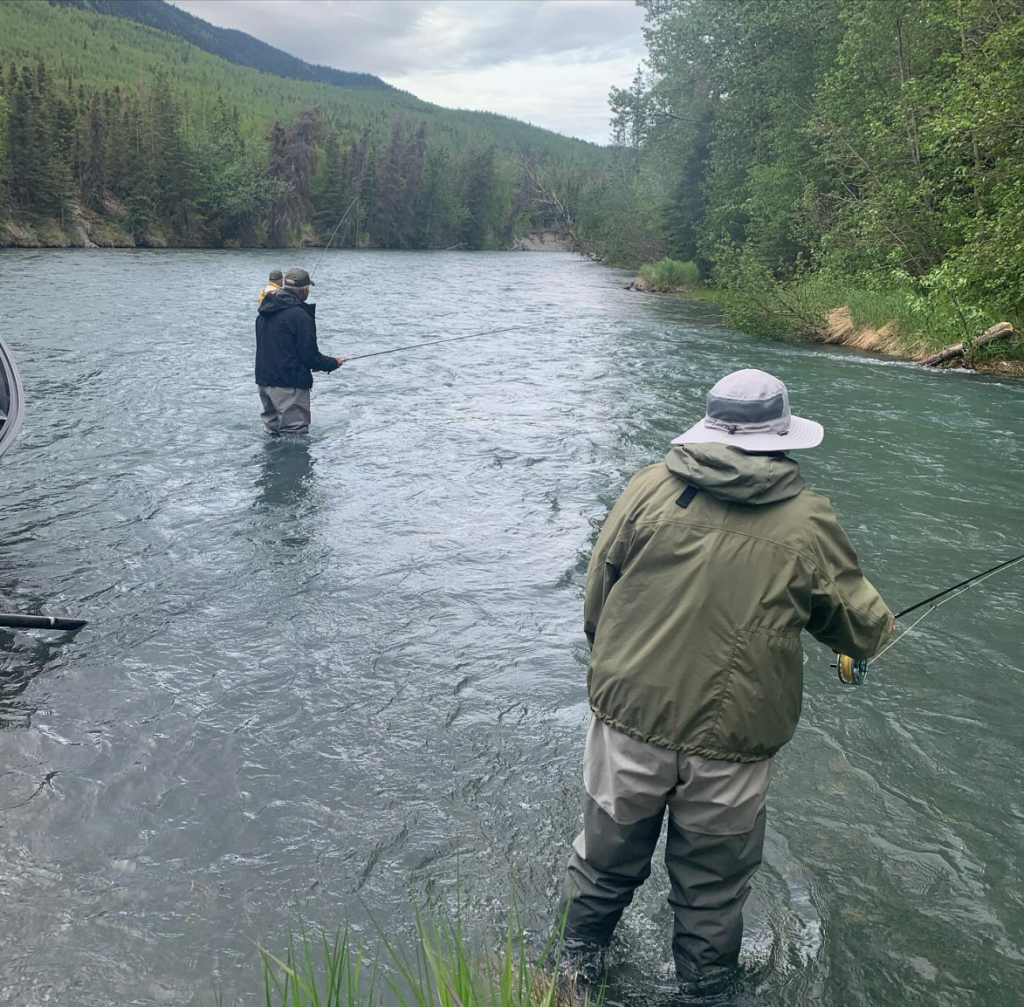
Understanding the Kenai River’s changing conditions and the intricacies of silver salmon behavior can be challenging, especially for first-time visitors. The river’s currents, depths, and fish-holding areas can shift dramatically as fall progresses, and the salmon themselves can become more selective in their feeding habits.
Experienced Kenai River salmon fishing guides possess a wealth of knowledge that can significantly enhance your fall fishing experience. They have spent countless hours on the river, observing its patterns and learning the secrets of its inhabitants. They know where the fish are likely to be at different times of day, tide cycles, and water levels. They understand the nuances of salmon behavior and can adjust fishing strategies on the fly to maximize your chances of success.
Beyond their knowledge of the river and its fish, local fishing guides also provide valuable insights into safety protocols, fishing regulations, and the delicate balance of the Kenai ecosystem. They can teach you about the importance of catch-and-release practices, and the Leave No Trace principles that help preserve this pristine environment. By sharing their expertise and passion for the Kenai, they can turn your fishing trip into a truly enriching experience.
Embrace the Fall Fishing Experience
Beyond the thrill of the catch, fall fishing on the Kenai River offers a unique and immersive experience. The crisp air, vibrant colors, and abundance of wildlife create a truly magical atmosphere. As you cast your line, you may witness bald eagles soaring overhead, moose grazing along the riverbank, or even a curious bear venturing out in search of salmon.
Fall is also a time of relative tranquility on the Kenai. The crowds of summer have thinned, leaving you with a greater sense of solitude and connection to the natural world. The peaceful sounds of the river, the rustling of leaves, and the calls of birds create a symphony of nature that is both calming and inspiring.
Essential Tips for Fall Fishing Success
- Dress in layers to adapt to the changing weather conditions.
- Focus your efforts on the middle and upper sections of the Kenai River.
- Consider fishing during early mornings and evenings when fish are most active.
- Be respectful of the environment and practice catch-and-release for trout and char species.
- Most importantly, have fun and enjoy the breathtaking beauty of the Kenai River!
Start Planning Your Fall Fishing Adventure
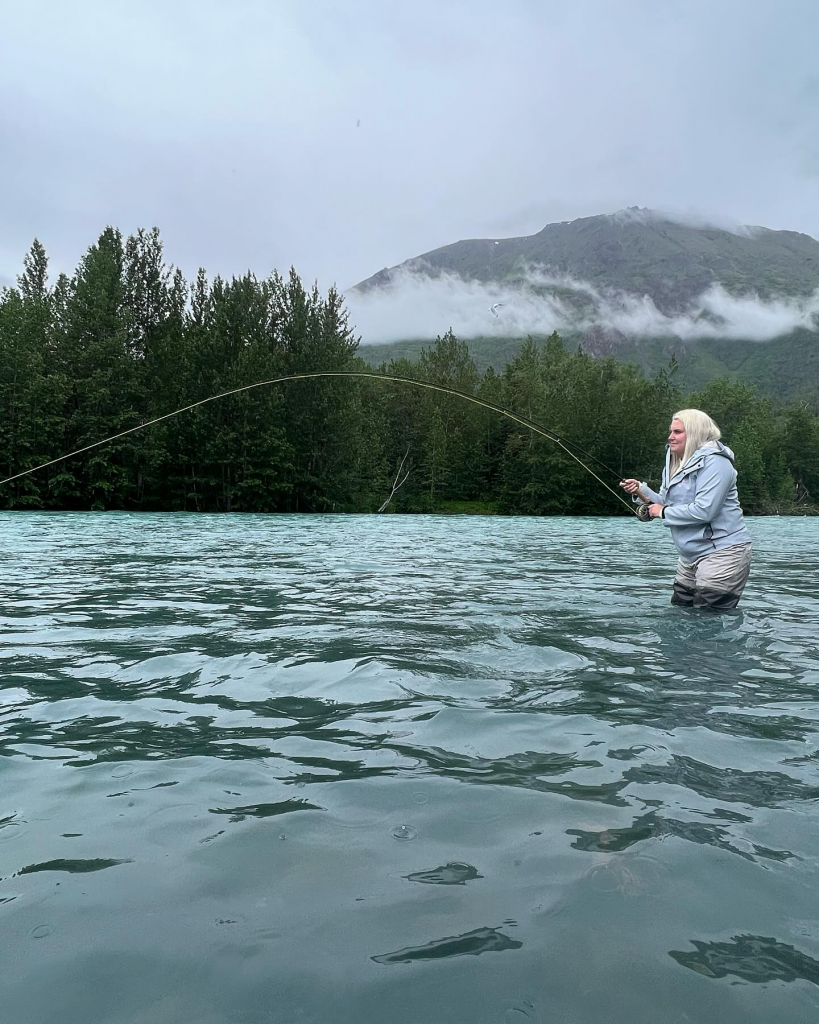
If you’re ready to experience the magic of fallfishing on the Kenai River, now is the time to start planning your trip. Consider booking a guided fishing trip to ensure you have the best possible experience.
At Jason’s Guide Service, our professional fly fishing guides provide valuable insights, expert instruction, and access to prime fishing locations, increasing your chances of landing that trophy silver salmon.
Let the Cooper Landing fishing fun begin! Book now.

